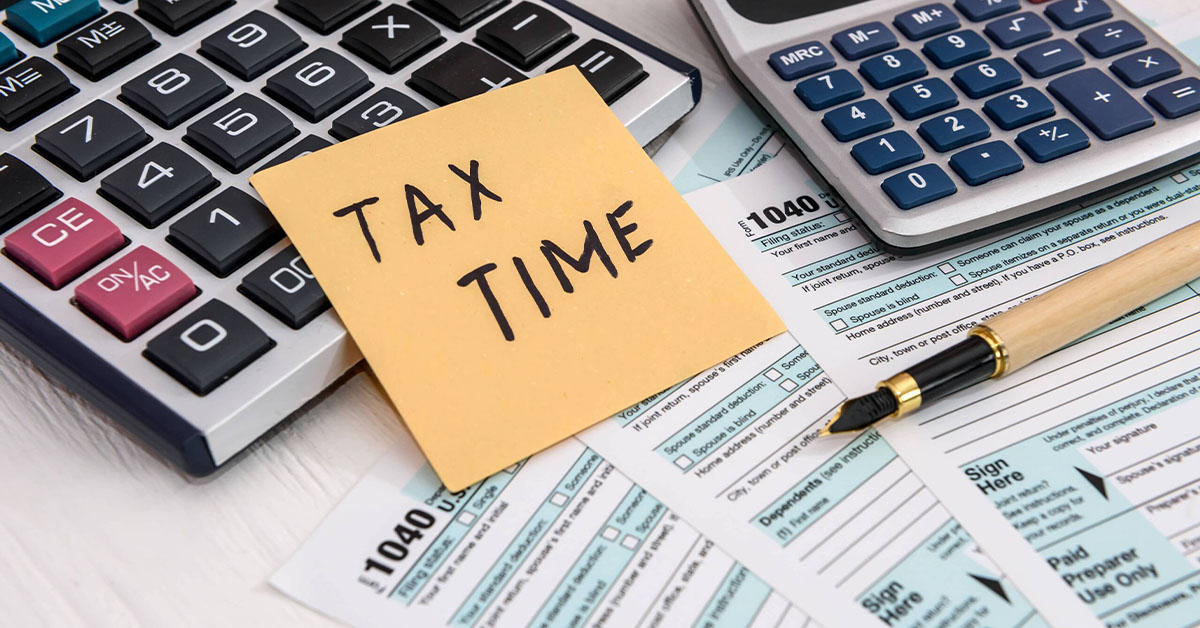The IRS just announced that January 23 is the official start of the 2023 tax season. This is the date when the agency will begin accepting and processing 2022 tax returns. According to the IRS, more than 168 million individual tax returns are expected to be filed. The majority will come before the April 18 tax deadline. In an effort to expedite processing and improve service for taxpayers, the IRS has hired more than 5,000 new staff members. Here are 5 steps to prepare for tax filing season.
1 Know the important dates related to taxpayers
- January 17, 2023 – Due date for the tax year 2022 4th quarter estimated tax payment.
- January 23, 2023 – IRS starts accepting and processing individual 2022 tax returns.
- January 31, 2023 – W-2s should be furnished to all employees by this date.
- January 31, 2023 – Due date for various 1099 forms to be sent to report certain payments.
- April 18, 2023 – National due date to file a 2022 tax return or request an extension.
- April 18, 2023 – Deadline to make IRA and HAS contributions for the 2022 tax year.
- October 16, 2023 – Due date to file for those who requested an extension on their 2022 tax returns.
2 Check your tax withholding now to avoid paying future quarterly estimated payments
The IRS Tax Withholding Estimator is a great tool for estimating the federal income tax you want your employer to withhold from your paycheck. Use the calculator now so you can adjust your 2023 withholding if needed. Tax situations change occasionally due to marriage, divorce, or other life occurrences. Checking now can help you make necessary adjustments to avoid the need for quarterly tax payments.
3 Create or access your account information at IRS.gov/account
Use your online IRS account to securely access information about your federal tax account and view information from your most recently filed tax return.
4 Gather your tax records & information
Gathering your records now can help you be more organized when it’s time to prepare your tax return. Start to collect and organize the following information and documents:
- W-2 forms from your employer(s)
- 1099s from banks, issuing agencies, and other payers
- 1099-MISC if you worked as a gig or freelance worker
- Business, rental, or farming income
- Records of digital transactions. This can include convertible virtual currency and cryptocurrency, Stablecoins, and NFTs
- Form 1095-A, Health Insurance Marketplace Statement if needed
- Unemployment Income
- Interest Received
- Taxable alimony received
- income
- IRA contributions
- Contributions to self-employed pension plans
- Student loan interest
- Health Savings Account (HAS) contributions
- Self-employed health insurance premium payments
- Alimony paid
- Educator expenses
- State and local income taxes paid
- Real estate taxes paid
- Personal property taxes
- Estimated tax payments made during the year
- Any prior year refund applied to the current year
- Any amount paid with an extension to file
5 Additional information needed when itemizing deductions
You should itemize deductions if your allowable itemized deductions are greater than the standard deduction or if you must itemize because you can’t use the standard deduction. The standard deductions ensure that all taxpayers have a portion of income that is not subject to federal income tax. The standard deductions set by the IRS for 2022 include Single filers and married couples filing separately – $12,950, heads of household – $19,400, and married couples filing jointly and surviving spouses – $25,900. Here are some costs to gather if you are itemizing:
- Childcare costs
- Education costs
- Adoptions costs
- Mortgage interest you pay on up to two homes
- State and local income or sales taxes
- Property taxes
- Medical and dental expenses that exceed 7.5% of your adjusted gross income (AGI)
- Adoption costs
- Invest interest expense
- Charitable donations
- Energy credits
- Casualty and theft losses
- tax deductions such as union dues and unreimbursed employee expenses
Getting organized now can help you reduce the time and stress associated with waiting until the last minute. When you are ready to file, the fastest way to file is electronically. If you have more questions, speak to your tax preparer or another tax specialist.
Read more helpful tips like this each month on the Guthrie Community Credit Union Blog.

